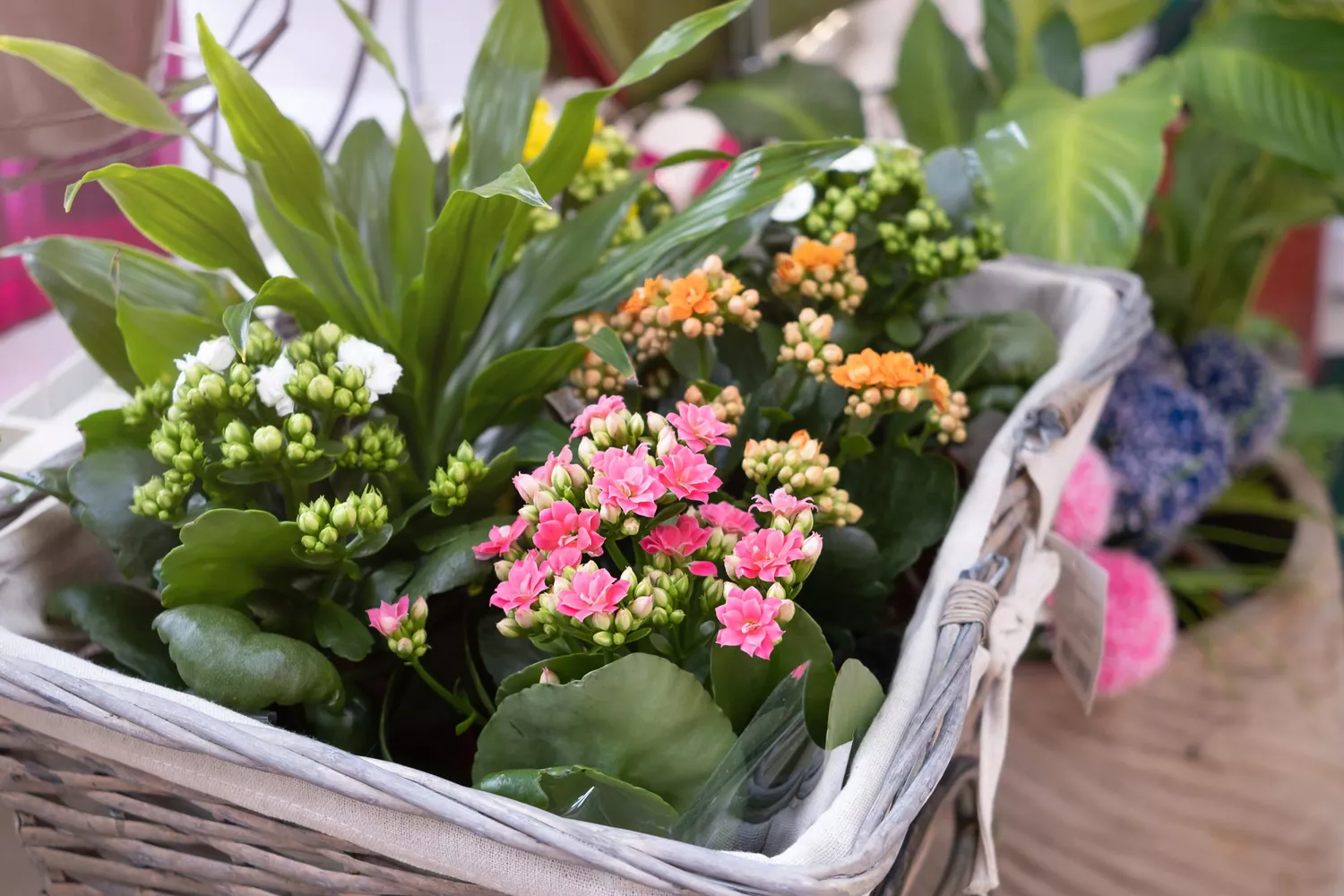Succulents are popular for a reason: Their thick, fleshy leaves make a statement, and they’re notoriously easy to take care of. If you want to add a new succulent to your plant family, consider the kalanchoe, a perennial, flowering plant that can live happily either inside or outdoors in USDA plant hardiness zones 10 to 12 (check your zone here). Kalanchoe blossfeldiana (also known as Christmas kalanchoe) is one of the most recognizable species.
Like some other succulents, this one blossoms once a year for a few months—but to reap this colorful reward, you’ll need to take good care of your kalanchoe plants. Here’s what you need to know about how to grow and care for kalanchoe, according to plant experts.

Kalanchoe blossfeldiana

GETTY IMAGES/VEENA NAIR
Nicknamed the Christmas kalanchoe, this type of kalanchoe is among the most popular. It’s typically sold around Christmas time, as it blooms when the days are shorter.
Kalanchoe daigremontiana

GETTY IMAGES/MICHELE CIPRIANO
Saltiel says this type, which forms tiny plantlets on the leaf margins, is among the easiest to grow and propagate. When the plantlets fall, they grow new plants. Simply place one on soil, as you would a germinated seed, and wait for it to root.
Kalanchoe pinnata

GETTY IMAGES/JOLOEI
Known for its bright green, scalloped leaves, this kalanchoe also grows plantlets. In some cultures, Saltiel says the plant is used as a spice.
Kalanchoe thyrsiflora

GETTY IMAGES/DENISE HASSE
This kalanchoe, also known as a paddle plant, grows rose-like flat and round leaves. This kalanchoe dies once it flowers, but it lives on through offsets. “You never have an issue with it fully dying because there are always 10 or 20 more coming up around it,” Saltiel says.
Kalanchoe tomentosa

GETTY IMAGES/TATIANAMIRONENKO
Known for its unique, hairy appearance, this type of kalanchoe is adapted to conserve water—so Saltiel says it’s important not to over-water.
Pests, Diseases, and Other Plant Problems
Fortunately, kalanchoe are pretty resistant to pests and diseases. However, it’s important to keep the plants happy so they they don’t become more susceptible to problems. Kalanchoe can attract aphids, mealybugs and scale.








